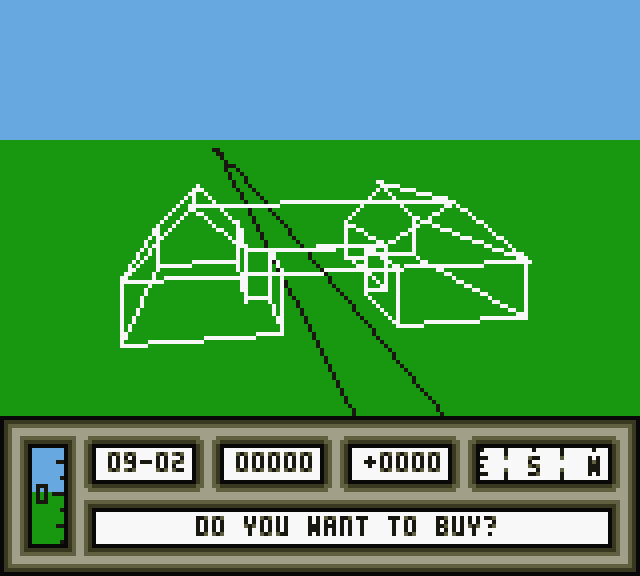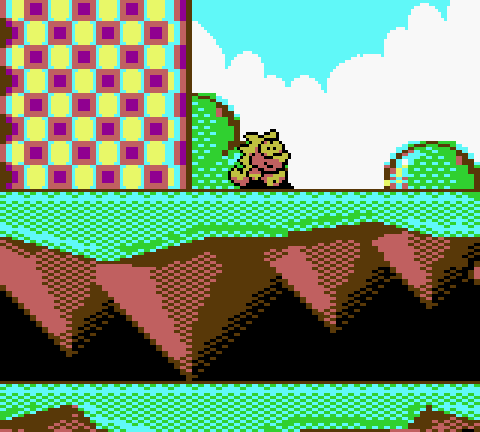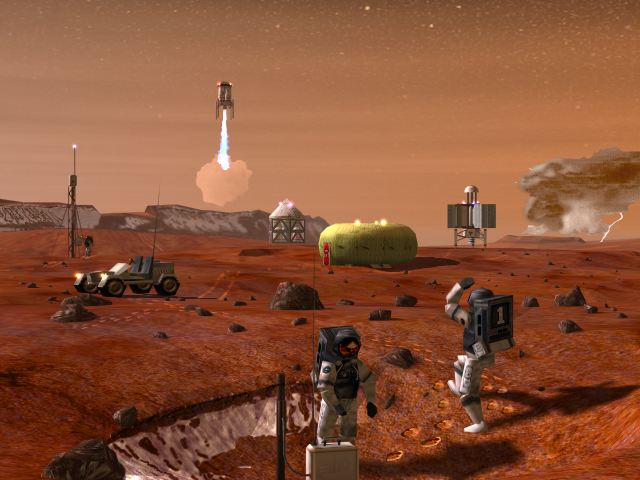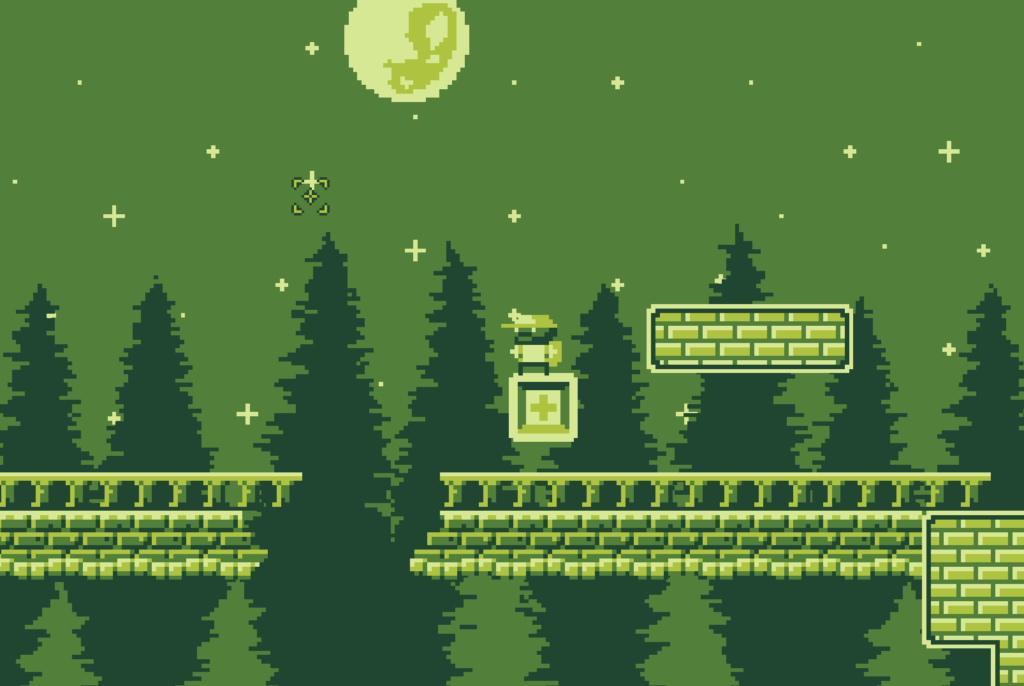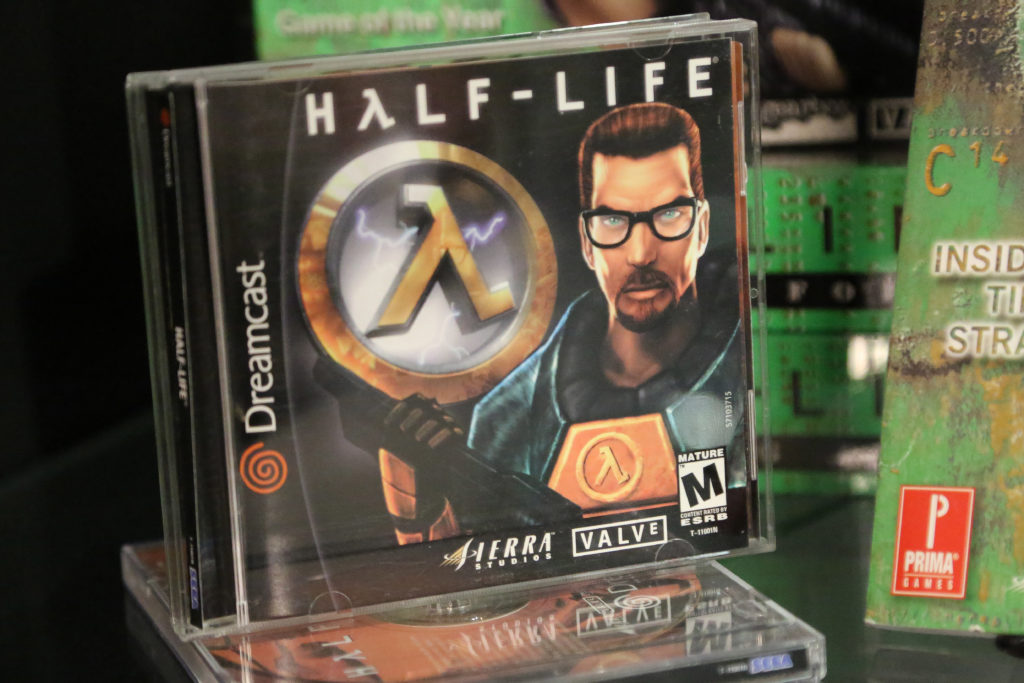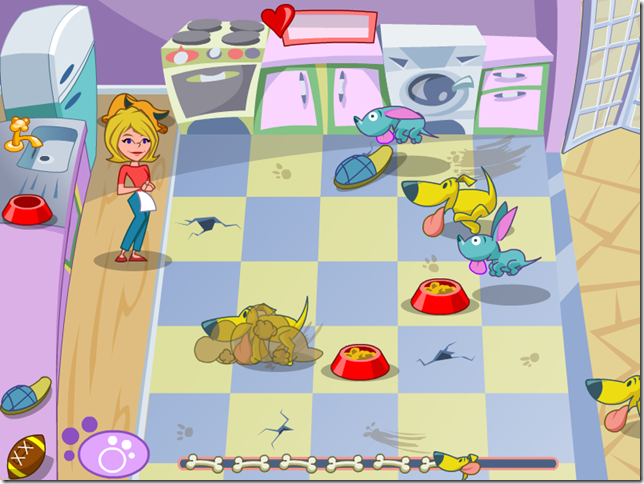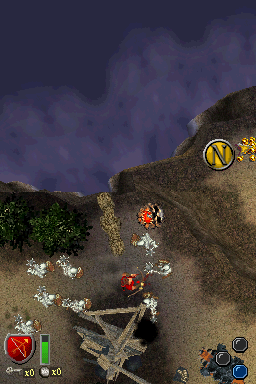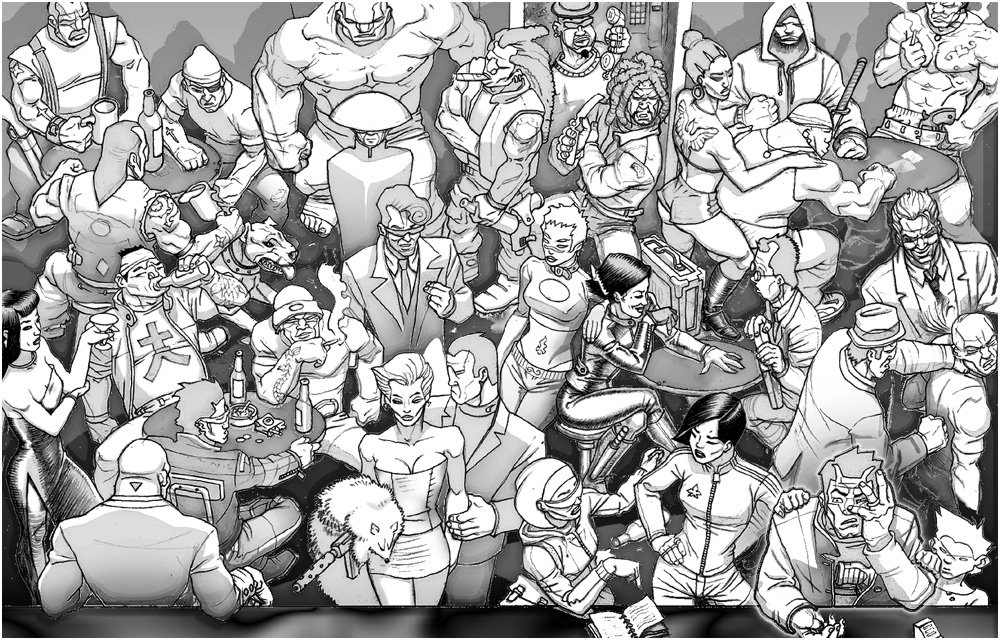1999 Thalamus Interactive
Platform: Nintendo Game Boy Color
As part of the launch and release of The Games That Weren’t book, we are adding assets and content that were shared with us during our research as bonus DLC content, and which didn’t make it to the book. Thanks to Thalamus Digital (Facebook + Twitter) for permission to include this title on the site.
Mercenary was a hugely popular 3D exploration title by the late and great Paul Woakes, which spawned a few sequels such as Damocles and Mercenary 3. Those who played the 8-bit incarnations of Mercenary in 1985 were blown away by the speed and scale of the game, and it is quite rightly rated as one of the best games ever to grace the Commodore 64.
